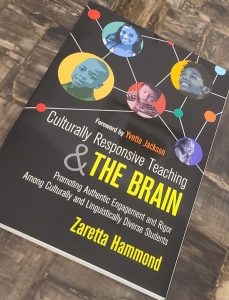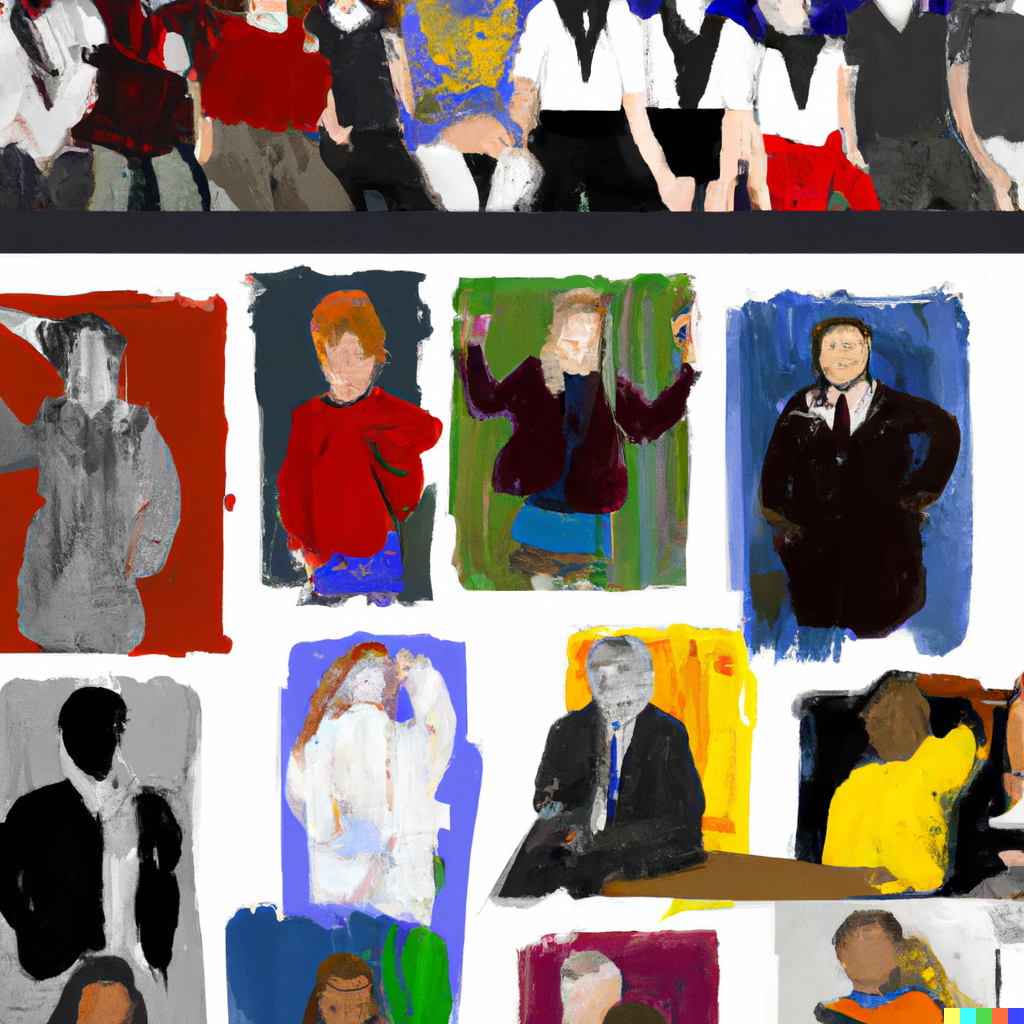Chaotic, cacophonous, raucous, lively, spirited, loud, energetic, full of beans, demanding, and too loud are all words that have been used to describe my classes over the course of my career. I have also heard irreverent (not disrespectful), confrontational (willing to challenge the status quo), and demanding (using their voices when things ain’t right) too, but that has been mostly in a positive light. To be truthful I have really come to appreciate their ebullience and passion when it comes to occupying their learning spaces. After all, it’s theirs. We just get to work within it.
Until this year, there has been one word not heard describing my homeroom though – quiet. Perhaps it is because we are only 4 weeks into the new year or that this group is still trying to figure out their new teacher (good luck to them) or that I have been blessed with a room that is 80 percent filled with phlegmatic and introverted personality types. Needless to say, the silence has been a bit deafening because this group is q-u-i-e-t.
What’s that you ask? How can a group of 6th graders possibly be quiet? I know, right? Yet, here we are about to take off on a little thought flight.
This year has me thinking about the approaches I am taking with this clearly unique grouping of oddly quiet scholars. Will it last? Am I jinxing myself by the mere mention of their tranquil behaviour? Is this what teaching is going to look like going forward in the post pandemic era of constant connectivity? After all, this group was in grade 2, just learning to fly, when they were grounded for nearly 3 years. How come there seems to be fewer relentless participants than in years past?
Do I need to build more quiet, reflective, and self-directed time into my day? Could this finally be the group that will meditate with me? Do our discussions need to be in smaller groups so those reticent voices have a chance to be heard? How do I honour the A-types because every classroom needs them too?
I started browsing about and found a line that encapsulates what I am seeing right now.
“Behind silent people there is an incredible thinking machine working.” ~Tina Panossian
I know that my quieter learners are working hard. I know that they are figuring things out on the inside rather than where it can be seen. For whatever reasons they choose to work this way, I will do everything possible to make them feel safe, feel seen, and know they are intelligent.
Here’s what has worked so far; the use of no hands participation, peer to peer discussions, and small group conversations. Each of these have helped me ascertain the information necessary to know when we are in full flight to our desired destination or whether we have lost all engines and are bracing for a rough landing somewhere uncharted. Either way, we are on this journey together. Perhaps this group prefers to plug in the headphones and read rather than talk with the folx sitting in their row?
Yet, despite not having much turbulence I think that there is still a lot of work to come in order to chart the best course in navigating this unique group. The world needs introverts. The world needs deep thinkers. It is in these two truths that I get really excited thinking about what can happen if the right conditions get created to give them all flight. All I know now is that there is a chance to build something new into my instructional spaces that might be a benefit to every learner.
I think an update post will be forthcoming in December.
Thank you for reading and reflecting with me. Please keep the conversation going in the comments.
Will



 This leads me to my most recent read Teaching Community – A Pedagogy of Hope by iconic educator bell hooks. Although it took me a bit of penny pinching to add to my collection, it is worth every dollar. I can’t wait to share this text with others who, like me, are on a journey to create inclusive communities in their classrooms.
This leads me to my most recent read Teaching Community – A Pedagogy of Hope by iconic educator bell hooks. Although it took me a bit of penny pinching to add to my collection, it is worth every dollar. I can’t wait to share this text with others who, like me, are on a journey to create inclusive communities in their classrooms.